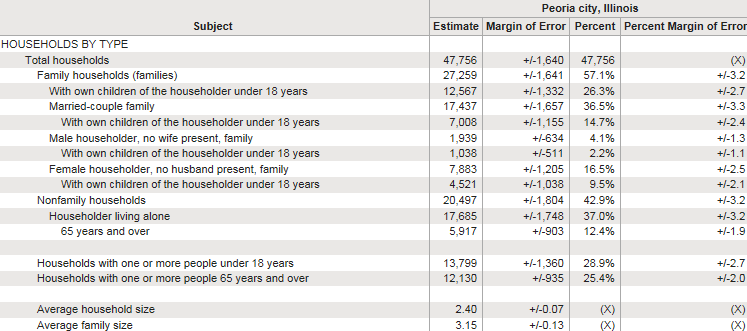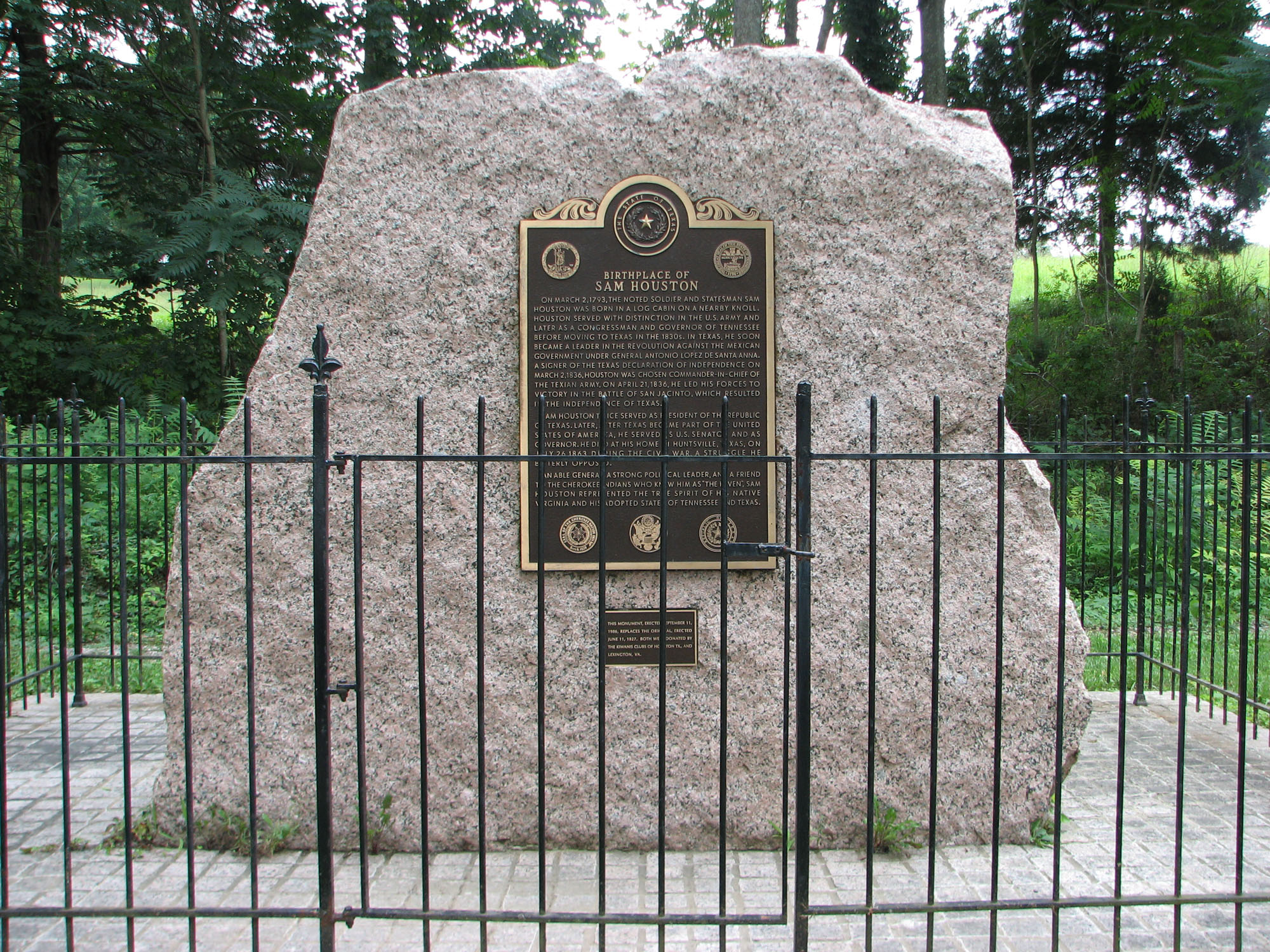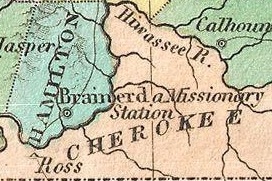|
Birchwood, Tennessee
Birchwood is an unincorporated community in Hamilton and Meigs counties in Tennessee, United States. It is a rural area located along Tennessee State Route 60 and Tennessee State Route 312 (Birchwood Pike) northwest of Chattanooga. It is part of the Chattanooga, TN– GA Metropolitan Statistical Area. According to the 2022 American Community Survey the 37308 Zip Code Tabulation Area had a total population of 2,663. Culture and tourism Birchwood is known as the location of thTennessee Sandhill Crane Festival generally held annually in January at the Hiwassee Wildlife Refuge. History The area has a long history of Native American settlement. The Cherokee leader John Jolly operated a trading post on Hiwassee Island, on the north side of what is now Birchwood. Sam Houston lived there for about three years from 1809. The Roark family was among the earliest settlers of the Cherokee lands, with the homestead of Joseph Roark dating to about 1833. The Roark-Conner Association ... [...More Info...] [...Related Items...] OR: [Wikipedia] [Google] [Baidu] |
Unincorporated Area
An unincorporated area is a parcel of land that is not governed by a local general-purpose municipal corporation. (At p. 178.) They may be governed or serviced by an encompassing unit (such as a county) or another branch of the state (such as the military). There are many unincorporated communities and areas in the United States and Canada, but many countries do not use the concept of an unincorporated area. By country Argentina In Argentina, the provinces of Chubut Province, Chubut, Córdoba Province (Argentina), Córdoba, Entre Ríos Province, Entre Ríos, Formosa Province, Formosa, Neuquén Province, Neuquén, Río Negro Province, Río Negro, San Luis Province, San Luis, Santa Cruz Province, Argentina, Santa Cruz, Santiago del Estero Province, Santiago del Estero, Tierra del Fuego Province, Argentina, Tierra del Fuego, and Tucumán Province, Tucumán have areas that are outside any municipality or commune. Australia Unlike many other countries, Australia has only local go ... [...More Info...] [...Related Items...] OR: [Wikipedia] [Google] [Baidu] |
American Community Survey
The American Community Survey (ACS) is an annual demographics survey program conducted by the United States Census Bureau. It regularly gathers information previously contained only in the long form of the United States census, decennial census, including ancestry, US citizenship status, educational attainment, income, language proficiency, migration, Disability in the United States, disability, employment, and housing characteristics. No respondents personal information is released, and only used statistically in these data which are used by many Public sector, public-sector, Private sector, private-sector, and not-for-profit stakeholders to allocate funding, track shifting demographics, plan for emergencies, and learn about local communities. Sent to approximately 295,000 addresses monthly, or 3.5 million addresses annually, it is the largest household survey that the Census Bureau administers. The American Community Survey gathers information annually in the 50 U.S. state, U ... [...More Info...] [...Related Items...] OR: [Wikipedia] [Google] [Baidu] |
James County, Tennessee
James County was created by an act of the Tennessee General Assembly on January 30, 1871. Lands were taken from a small portion of Bradley County and the eastern third of Hamilton County. James County was named in honor of the Rev. Jesse J. James, the father of Elbert Abdiel James, who introduced legislation for the formation of the county. Ooltewah was selected as the county seat. The county went bankrupt in April 1919 and was reincorporated into Hamilton County by a vote of its citizens on December 11, 1919. Few records remain of what was once James County due largely to courthouse fires in 1890 and 1913. The few remaining James County records are now kept in Hamilton County. The third and final James County Courthouse The James County Courthouse is a historic building located in Ooltewah, Tennessee. It was built in 1913 as the third courthouse of the now defunct James County. It continued to function in that capacity until 1919, when James County went bankrup ... is ... [...More Info...] [...Related Items...] OR: [Wikipedia] [Google] [Baidu] |
Blythe Ferry
Blythe Ferry was a ferry across the Tennessee River in Meigs County, Tennessee, United States. In 1838, the ferry served as a gathering point and crossing for the Cherokee Removal, commonly called the Trail of Tears, in which thousands of Cherokee were forced to move west to Oklahoma from their homeland in the southeastern United States. While the ferry no longer exists, the ferry site is now part of the Cherokee Removal Memorial Park, which was dedicated in 2005. The park comprises a section of the Hiwassee Wildlife Refuge, which is managed by the Tennessee Wildlife Resources Agency. Geographical setting The Blythe Ferry site is situated along the eastern bank of the Chickamauga Lake impoundment of the Tennessee River, just south of the mouth of the Hiwassee River. The site is located near a point where Meigs County, Rhea County, and Hamilton County meet. Tennessee State Route 60, which formerly crossed the river at the ferry, connects the area to Cleveland to the east, ... [...More Info...] [...Related Items...] OR: [Wikipedia] [Google] [Baidu] |
Cherokee Removal Memorial Park
Cherokee Removal Memorial Park is a public park in Meigs County, Tennessee that is dedicated in memory of the Cherokee who were forced to emigrate from their ancestral lands during the Cherokee removal, in an event that came to be known as the Trail of Tears. It was established in 2005, and has since expanded. Background Cherokee Removal Memorial Park is located on the banks of the Tennessee River near Blythe Ferry, which was used to transport many of the Cherokees west on their journey to Indian Territory in present-day Oklahoma. The removal was headquartered at Fort Cass in nearby Charleston, Tennessee, Charleston. Description and history The park is a partnership between the government of Meigs County, Tennessee Valley Authority (TVA), Tennessee Wildlife Resources Agency (TWRA), National Park Service (NPS), and Friends of the Cherokee. It is surrounded by Hiwassee Wildlife Refuge, which is managed by the TWRA. The park is located on 29 acres consists of a visitor center conta ... [...More Info...] [...Related Items...] OR: [Wikipedia] [Google] [Baidu] |
Trail Of Tears
The Trail of Tears was the forced displacement of about 60,000 people of the " Five Civilized Tribes" between 1830 and 1850, and the additional thousands of Native Americans and their black slaves within that were ethnically cleansed by the United States government. As part of Indian removal, members of the Cherokee, Muscogee, Seminole, Chickasaw, and Choctaw nations were forcibly removed from their ancestral homelands in the Southeastern United States to newly designated Indian Territory west of the Mississippi River after the passage of the Indian Removal Act in 1830. The Cherokee removal in 1838 was the last forced removal east of the Mississippi and was brought on by the discovery of gold near Dahlonega, Georgia, in 1828, resulting in the Georgia Gold Rush. The relocated peoples suffered from exposure, disease, and starvation while en route to their newly designated Indian reserve. Thousands died from disease before reaching their destinations or shortly after. A variet ... [...More Info...] [...Related Items...] OR: [Wikipedia] [Google] [Baidu] |
Sam Houston
Samuel Houston (, ; March 2, 1793 – July 26, 1863) was an American general and statesman who played a prominent role in the Texas Revolution. He served as the first and third president of the Republic of Texas and was one of the first two individuals to represent Texas in the United States Senate. He also served as the sixth governor of Tennessee and the seventh governor of Texas, the only individual to be elected governor of two different states in the United States. Born in Rockbridge County, Virginia, Houston and his family relocated to Maryville, Tennessee, while he was a teenager. Houston later ran away from home, spending about three years living with the Cherokee, becoming known as "Raven". He served under General Andrew Jackson in the War of 1812; afterwards, he was appointed as a sub-agent to oversee the Indian removal, removal of the Cherokee from Tennessee into Arkansas Territory in 1818. With the support of Jackson, among others, Houston won election to the United S ... [...More Info...] [...Related Items...] OR: [Wikipedia] [Google] [Baidu] |
Hiwassee Island
Hiwassee Island, also known as Jollys Island and Benham Island, is located in Meigs County, Tennessee, at the confluence of the Tennessee and Hiwassee Rivers. It is about northeast of Chattanooga. The island was the second largest land mass on the Tennessee River at 781 acres before the Tennessee Valley Authority created the Chickamauga Lake as a part of the dam system on the Tennessee River in 1940. Much of the island is now submerged, leaving 400 acres above the waterline. The island has been inhabited as early as the Archaic and Woodland periods. A Mississippian culture village was inhabited by people of the Hiwassee Island and Dallas phases beginning in the 11th century. It was a Cherokee village of about 300 people in the 19th century. The village was led by Chief John Jolly, and Sam Houston lived there for three years. When the state of Tennessee grew corn nearby to attract Canada geese, they attracted up to 20,000 sandhill cranes. Now there are fewer than 1,000 cranes an ... [...More Info...] [...Related Items...] OR: [Wikipedia] [Google] [Baidu] |
John Jolly
John Jolly (Cherokee language, Cherokee: ''Ahuludegi''; also known as ''Oolooteka'') was a leader of the Cherokee in Tennessee, the Arkansas Territory, Arkansaw district of the Missouri Territory, and Indian Territory (now Oklahoma). After a reorganization of the tribal government around 1818, he was made Principal Chiefs of the Cherokee, Principal Chief of the Cherokee Nation (1794–1907), Cherokee Nation–West. Jolly was a wealthy slave-owning planter, cow rancher, and merchant. In many ways, he lived the life of a Southern planter class, planter. Tennessee John Jolly was born around 1769, into a mixed-race family in Tennessee. He had a successful trading post on Hiwassee Island (in present-day Meigs County, Tennessee, Meigs County) in East Tennessee, eastern Tennessee. The island was located at the confluence of the Tennessee River, Tennessee and Hiwassee Rivers. Jolly was also a wealthy planter. He dressed in buckskins, buckskin hunting shirts, leggings, and moccasin ... [...More Info...] [...Related Items...] OR: [Wikipedia] [Google] [Baidu] |
Cherokee
The Cherokee (; , or ) people are one of the Indigenous peoples of the Southeastern Woodlands of the United States. Prior to the 18th century, they were concentrated in their homelands, in towns along river valleys of what is now southwestern North Carolina, southeastern Tennessee, southwestern Virginia, edges of western South Carolina, northern Georgia (U.S. state), Georgia and northeastern Alabama with hunting grounds in Kentucky, together consisting of around 40,000 square miles. The Cherokee language is part of the Iroquoian languages, Iroquoian language group. In the 19th century, James Mooney, an early American Ethnography, ethnographer, recorded one oral tradition that told of the Tribe (Native American), tribe having migrated south in ancient times from the Great Lakes region, where other Iroquoian Peoples, Iroquoian peoples have been based. However, anthropologist Thomas R. Whyte, writing in 2007, dated the split among the peoples as occurring earlier. He believes that ... [...More Info...] [...Related Items...] OR: [Wikipedia] [Google] [Baidu] |
Native Americans In The United States
Native Americans (also called American Indians, First Americans, or Indigenous Americans) are the Indigenous peoples of the Americas, Indigenous peoples of the United States, particularly of the Contiguous United States, lower 48 states and Alaska. They may also include any Americans whose origins lie in any of the indigenous peoples of North or South America. The United States Census Bureau publishes data about "American Indians and Alaska Natives", whom it defines as anyone "having origins in any of the original peoples of North and South America ... and who maintains tribal affiliation or community attachment". The census does not, however, enumerate "Native Americans" as such, noting that the latter term can encompass a broader set of groups, e.g. Native Hawaiians, which it tabulates separately. The European colonization of the Americas from 1492 resulted in a Population history of Indigenous peoples of the Americas, precipitous decline in the size of the Native American ... [...More Info...] [...Related Items...] OR: [Wikipedia] [Google] [Baidu] |
Hiwassee Wildlife Refuge
Hiwassee Island, also known as Jollys Island and Benham Island, is located in Meigs County, Tennessee, at the confluence of the Tennessee and Hiwassee Rivers. It is about northeast of Chattanooga. The island was the second largest land mass on the Tennessee River at 781 acres before the Tennessee Valley Authority created the Chickamauga Lake as a part of the dam system on the Tennessee River in 1940. Much of the island is now submerged, leaving 400 acres above the waterline. The island has been inhabited as early as the Archaic and Woodland periods. A Mississippian culture village was inhabited by people of the Hiwassee Island and Dallas phases beginning in the 11th century. It was a Cherokee village of about 300 people in the 19th century. The village was led by Chief John Jolly, and Sam Houston lived there for three years. When the state of Tennessee grew corn nearby to attract Canada geese, they attracted up to 20,000 sandhill cranes. Now there are fewer than 1,000 cranes and ... [...More Info...] [...Related Items...] OR: [Wikipedia] [Google] [Baidu] |








